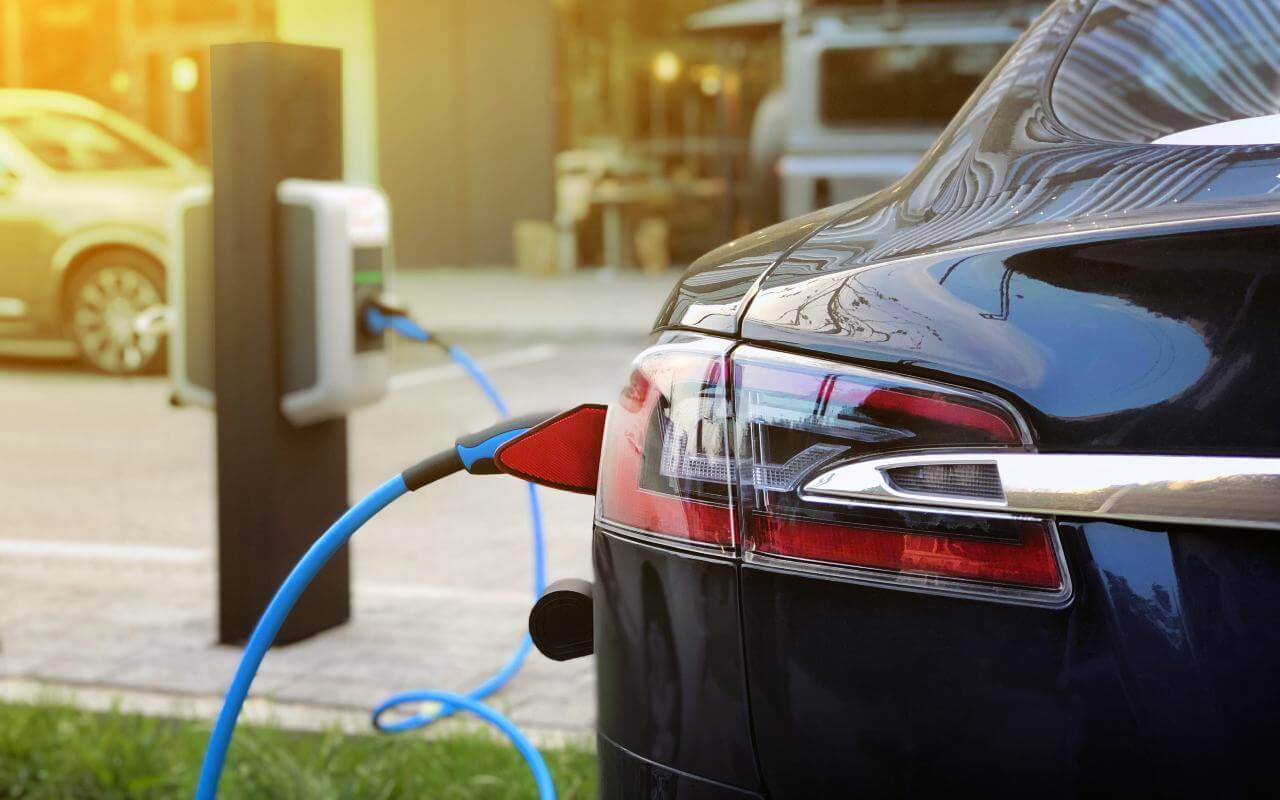The Regulations apply to any individual or business that sells EV chargers. Importantly, the Regulations only apply to new chargers and excludes existing chargers and charge points intended for use as a public charge point. Public charge points will still have to comply with the requirements under the Alternative Fuels Infrastructure Regulations 2017. Additionally, the Regulations will be reviewed at a 5-year post-implementation stage so it is yet to be seen whether 2027 will involve the application of the below requirements to public charge points as well.
Under the Regulations, new chargers must meet several requirements, most of which relate to using energy efficiently and smartly. EV charge points are required to have, among other things:
- A default charge schedule – EV chargers must come pre-configured with a default charging schedule during the off-peak hours of between 8am-11am and 4pm-10pm on weekdays. An override function will be available on most chargers but having a default charge time in place seeks to ensure that EVs are charged in a cost-effective way where electricity demand is lower and does not overload the power grid.
- A randomised delay function – EV chargers must have a random delay of up to 30 minutes at the start or end of a charge schedule. If all EVs, for example, start charging at 10am when the off-peak default charge kicks in, this will result in a sudden surge in electricity usage. The randomised delay function protects power grid and local substations from this sudden surge. Again, EV charge users will have the ability to override this function.
- Have increased smart functionality – this is designed to give consumers the opportunity to charge their EVs at a period of lower demand or where more clean energy is available. The idea is to give consumers the option to use energy smartly and efficiently where there is an option to do so.
Other measures also seek to tackle safety to the user and others, loss of connectivity to the user’s communications network and compliance with the Regulations by the manufacturer.
As mentioned above, further privacy and security measures in relation to EVs were introduced at the end of 2022. The privacy measure seeks to safeguard users against cyberattacks and gives users further control as to data sharing and storage. As part of the security measure, a tamper protection boundary must be included; where there is an attempt made to access the internals of the charge point, whether it has been successful or not, the charger itself should automatically log the attempt, record the data, and notify the charge point owner.
Where businesses (usually charge point manufacturers) are not able to comply with the Regulations, they may propose an enforcement undertaking (a commitment to take specific actions within a specific timeframe in order to address the non-compliance) to the Office for Product Safety and Standards (the “OPSS”). The OPSS will then judge the undertakings on a case-by-case basis. The OPSS have additionally published guidance for sellers of EV charge points on how to comply with the Regulations which may be a good starting point for manufacturers going forward.
This article by Robert Botkai and Aparna Sudhir originally appeared in Petrol Heads-Up.



